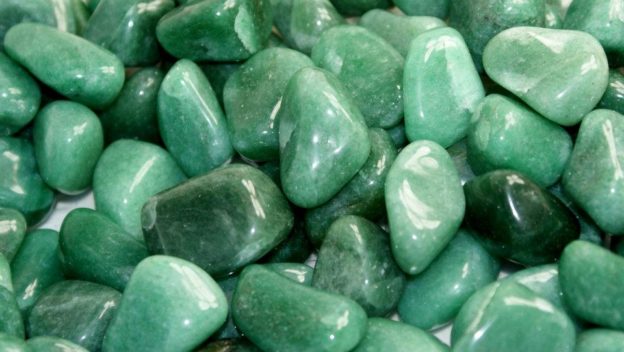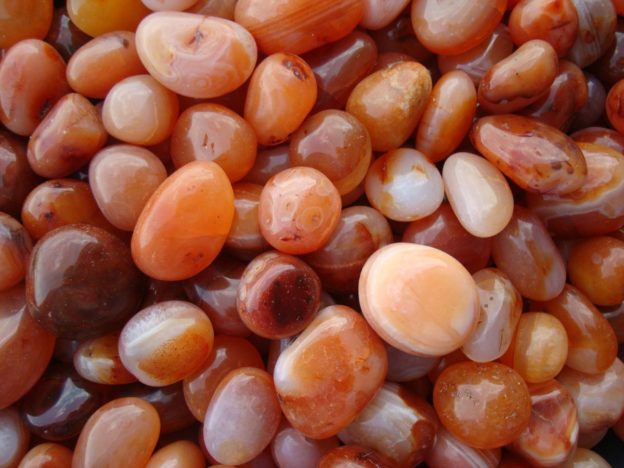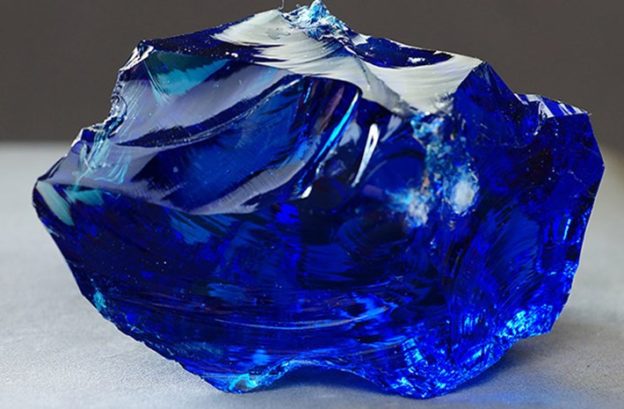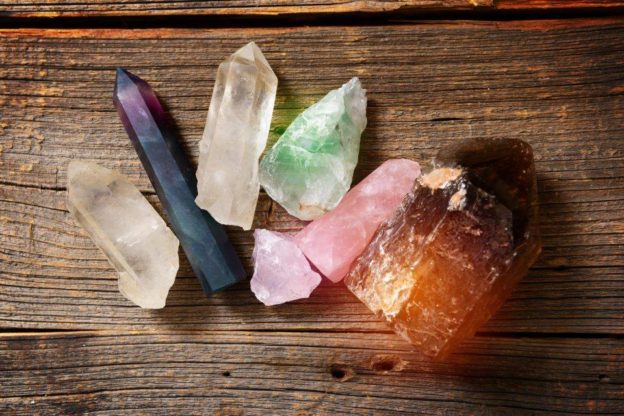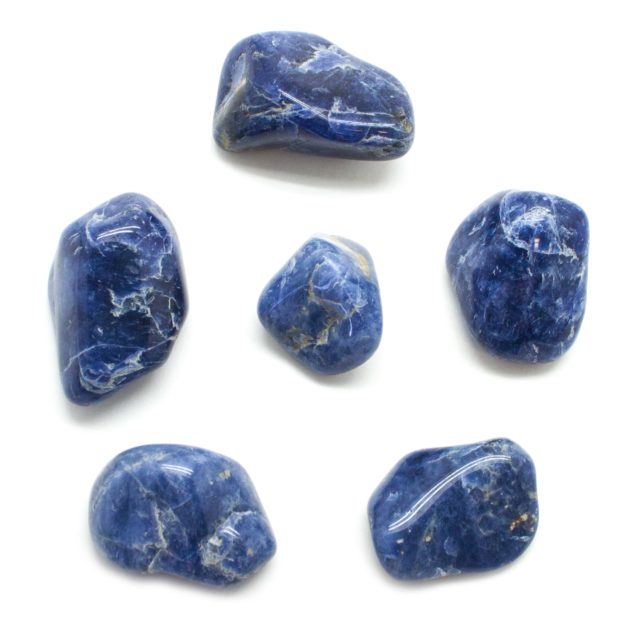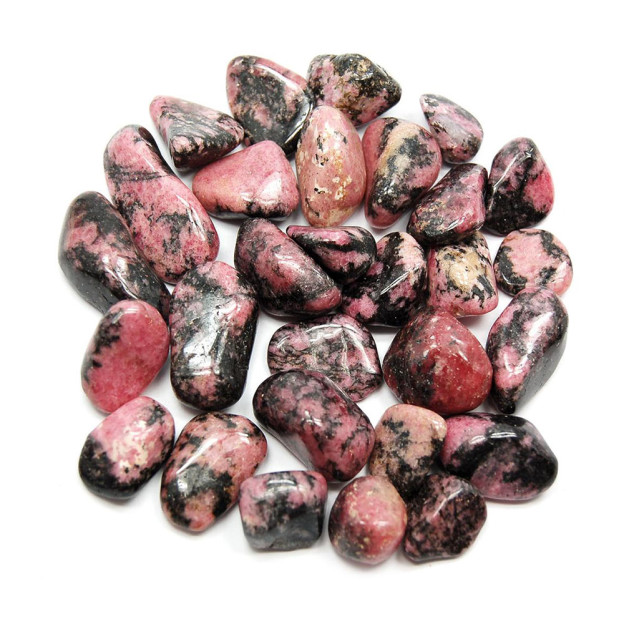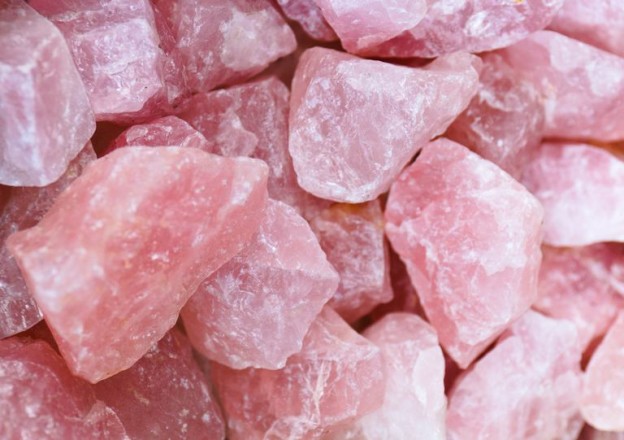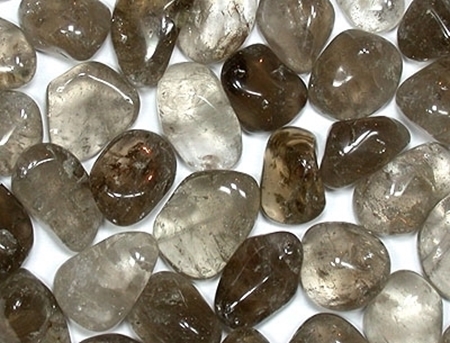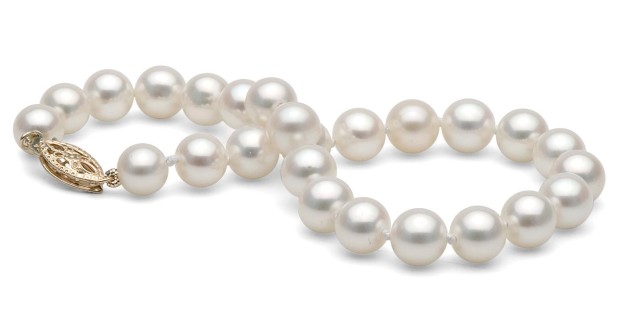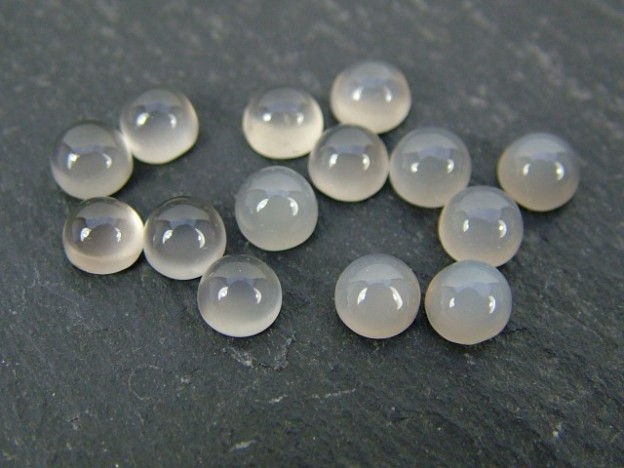The beautifully glittering sun quartz bears the charming name of Aventurine. A shower of golden or silvery dots makes all their appeal and the dull and dull “aventurines” that are sometimes presented to us do not deserve their name. Other minerals have brilliant inclusions, so they can at best be called “adventurized stones”.
It is rare that a natural phenomenon is referred to as a manufactured product, so beautiful and so precious. But the fact is there: the aventurine stone comes out of anonymity around 1600 thanks to an artistic technique and a process of manufacture of the master glassmakers of Murano near Venice.
Mineralogical characteristics of aventurine
Aventurine is a variety of quartz, itself classified in the group of silicates and in the subgroup of tectosilicates. Like the chalcedonies, the aventurine is cryptocrystalline quartz, ie formed of microscopic crystalline granules; this particular composition gives to the mineral an opaque aspect.
Adventurine has other features common to quartz, however its hardness is slightly lower (6.5 instead of 7 on a scale of 10) and its density slightly higher. The presence of mineral or metallic inclusions explains these differences.
The color comes from these inclusions: the more they are abundant (usually 10 to 20% of the matter) the more the aventurine will be colored in a uniform way.
Micaceous inclusions are the most common. Mica, formed of aluminum and potassium, is also a silicate but belongs to another group: phyllosilicates. It comes in several species and subspecies of composition and thus of various colors. The green aventurine, very widespread and appreciated for the intensity of its shades owes its color to the fuchsite, rich chromium mica of the muscovite species.
Other inclusions are possible: brown aventurine is colored by pyrite, red by hematite, goethite or copper, blue by dumorérite or ilmenite.
The aventurine is everywhere; it is formed in the magmatic and metamorphic rocks into multiform aggregates (nodules, stalactites, pebbles …). The main extraction sites are in India (State of Tamil Nadu), Brazil (State of Minas Gerais), Russia (Urals and Siberia), Tanzania, and Tibet, United States (State of Vermont), in Central Europe (Bohemia, Silesia), Spain, Austria, and France (Finistère).
Wholesale Crystal Massage Wands Suppliers
The aventurescence
This name is given to the shiny and glittery appearance produced by light reflected in mineral or metallic inclusions. This term does not apply only to aventurine. Other minerals have this characteristic: for example, iolite or some feldspar such as sunstone, especially that from Oregon (known as Oregon sunstone), very clear and very colorful with inclusions of copper.
The beautiful adventurines are rarely found and most of those offered for sale have unfortunately an insufficient adventure. Adventurines without any adventures are mostly brightly colored crystals used for low cost jewelry. A wide range of colors is sure to announce an artificial treatment!
The misleading name “Indian jade ” sometimes refers to green aventurine. Jade and amazonite are rarer then the aventurine of the same color sometimes replaces them. The vases, cups and other small objects in green aventurine have a beautiful fresh and frosty appearance. Jewelers frequently carve cabochon aventurine to reveal the beauty of this semi-precious stone.
Etymology and meaning of the word “Aventurine”
Aventurine derives from the word “adventure”, a term from the popular Latin adventura (“what must happen”) , from the verb advenire (“to occur”, “to happen”). In ancient French, the word takes the meaning of “fate, destiny” (meaning that we still find in the phrase “good adventure”). Adventure is finally and also chance, a meaning found in the adverbial phrase “adventure “(if by chance, you go on an adventure, come what may!)
At the beginning of the seventeenth century, a glass worker whose name is unknown would have dropped at random “per aventura ” flakes of copper or brass filings in the molten glass. Maladresse or will to innovate? No one knows but the result is conclusive. The glass containing a constellation of glittering particles is a great success and becomes the adventurine or aventurine , specialty and monopoly of the Venetian master glassmakers (we speak of “aventurine glass” or avventurina ).
Subsequently, all things are dotted with small bright dots of “adventurine” including natural things as the stone aventurine (pietra venturina).
Some argue for the opposite of this explanation: it might be natural adventurine that gave its name to the artificial. This version is unlikely because there is no trace of this name before. It is also possible that the glassmakers invented the story in response to the curious too interested in their manufacturing secrets. Chance does things well and cannot be explained!
In France, the first written trace of the stone called “aventurine” dates from 1686. We owe this testimony to a very famous lady of this century, Madame de Maintenon: “I found that a rosary that I believed the nuns was calambur and another of aventurine … “
Aventurine throughout history
Aventurine in the ancient world
The Egyptians exploited quartz mines and found in Upper Egypt greenish micaceous quartz that might well be aventurine but we do not know the old name or names of the aventurine. Modern naturalists have tried some approximations but without certainty.
According to the descriptions left by Pliny and by other authors of Antiquity, the aventurine could hide, among others, behind these strange minerals:
The coralleachate or coralloagate , a coral red precious stone dotted with small golden dots.
The star or starry stone, so called because “we see the figure of all the stars”, the most beautiful come from Egypt and Arabia; it is the size as opal.
The sandarésus or sandastros , found in India and southern Arabia, a religious stone of the Chaldeans, with an interior fire placed behind a transparent substance shining with stars that seem like drops of gold.
On the other side of the sea, pre-Columbian civilizations have left some concrete evidence and one can see in the British Museum of London, a famous statuette of the very old Olmec civilization. This curious character of about thirty centimeters, is in green aventurine, stocky with a big human or animal head, it dates from 400 BC
Adventurine in the middle Ages
Jean de Mandeville, explorer and naturalist tells us about a stone that could well be the medieval aventurine:
“Stone verde tasted like drops of gold: this stone gives” moult “of goods to the one who wears it. It is good for people who are fearful because it gives boldness, good sense and good countenances grace and honor … “but it is also specified that this stone being a holy stone, we must avoid lust.
Adventure in modern times
As we have seen, in the 17th century, stones with small bright dots are called aventurines. The difference between minerals is not yet well established. On the one hand there are the stones, natural aventurines, and on the other hand the artificial aventurine, this wonderful glass of Venice with golden particles.
From that time, a third aventurine is very famous: the Chinese and Japanese aventurine lacquer. This vegetable lacquer is obtained from latex derived from Asian softwoods “lacquer tree”. On this lacquer, often black, flakes of mica, bronze or gold are blown.
This very delicate art is very pleasing in France, and the ships of the East India Company bring a number of screens and delightful objects in aventurine lacquer. We try to imitate these complex processes but not possessing trees or know-how, we create very beautiful varnishes (the famous Martin varnishes) with adventurized varieties that will contribute to the renown of the French cabinetmaking under Louis XV.
In the eighteenth century, scholars pondered the fate of the stone aventurine. It is described as a kind of yellowish or yellow-brown gemstone with small gold dots that gives it a lot of brilliance. Diderot in her great Encyclopedia defines her as shimmering and classifies her in precious stones “like agate, lapis and others”.
In 1802, Nicolas Jolyclerc attributes the “label” aventurine to “feldspars sprinkled with small sequins”; he said that the others, the aventurines are “false (although natural)”.
This division into two species, one true feldspar and the other pseudo-aventurine quartz, will persist more or less throughout the nineteenth century. However, some mineralogists, such as Balthazar-George Sage, relate it to the genera of quartz. Today aventurine is definitely a quartz and feldspar that does not belong to the same group can simply be adventurinated.
Russian craftsmen from Yekaterinburg carved an immense basin, in a single block of ocher aventurine extracted on a summit of the Ural around 1830. This imposing work required several years of work, it measures 2.46 m wide and 1.46 m high. It is exposed in the center of the coat of arms of the magnificent Winter Palace of the Hermitage Museum in St. Petersburg.
Closer to home, under the dome of the Invalides in Paris, visitors from all nations, disturbed by the extreme solemnity of the place, circulate in silence around an impressive realization in quartzite of red aventurine. The tomb of Napoleon I required twenty years of work before being definitively erected under the dome in 1861. The stone comes from Karelia, Finnish region formerly Russian territory. This choice was not unanimous, the emperor would not he wanted a rock extracted from French soil?
Properties and virtues of aventurine in lithotherapy
A stone of introspection and prosperity, aventurine brings positive solutions and promotes general well-being. It absorbs harmful waves including electromagnetic waves present in our environment.
Adventurine is traditionally associated with the heart chakra. It combines very well with pink quartz. The elixirs of aventurine are excellent for all dermatological conditions (eczema, acne …).
Wholesale Crystal Merkaba Stars Supplier
The benefits of aventurine against physical ailments
- Soothes dermatoses (eczema and other rashes)
- Promotes the harmonious growth of young children
- Regulates heart rate (beneficial action on heart conditions in general)
- Improves circulatory disorders
- Activates cellular regeneration
- Balance the blood pressure
- Promotes lowering cholesterol
- Relaxes the muscles
- Preserves the urogenital system
- Soothes tired eyes
- Attenuates headaches
- Calm nausea (green aventurine)
The benefits of aventurine on the psyche and relational
- Brings a clear and positive view of events
- Soothes fears and anxieties (especially of early childhood)
- Promotes inner tranquility, self-control
- Boosts decision-making ability
- Help to complete the projects (patience and perseverance)
- Calm the anger
- Stimulates creativity
- Promotes compassion

